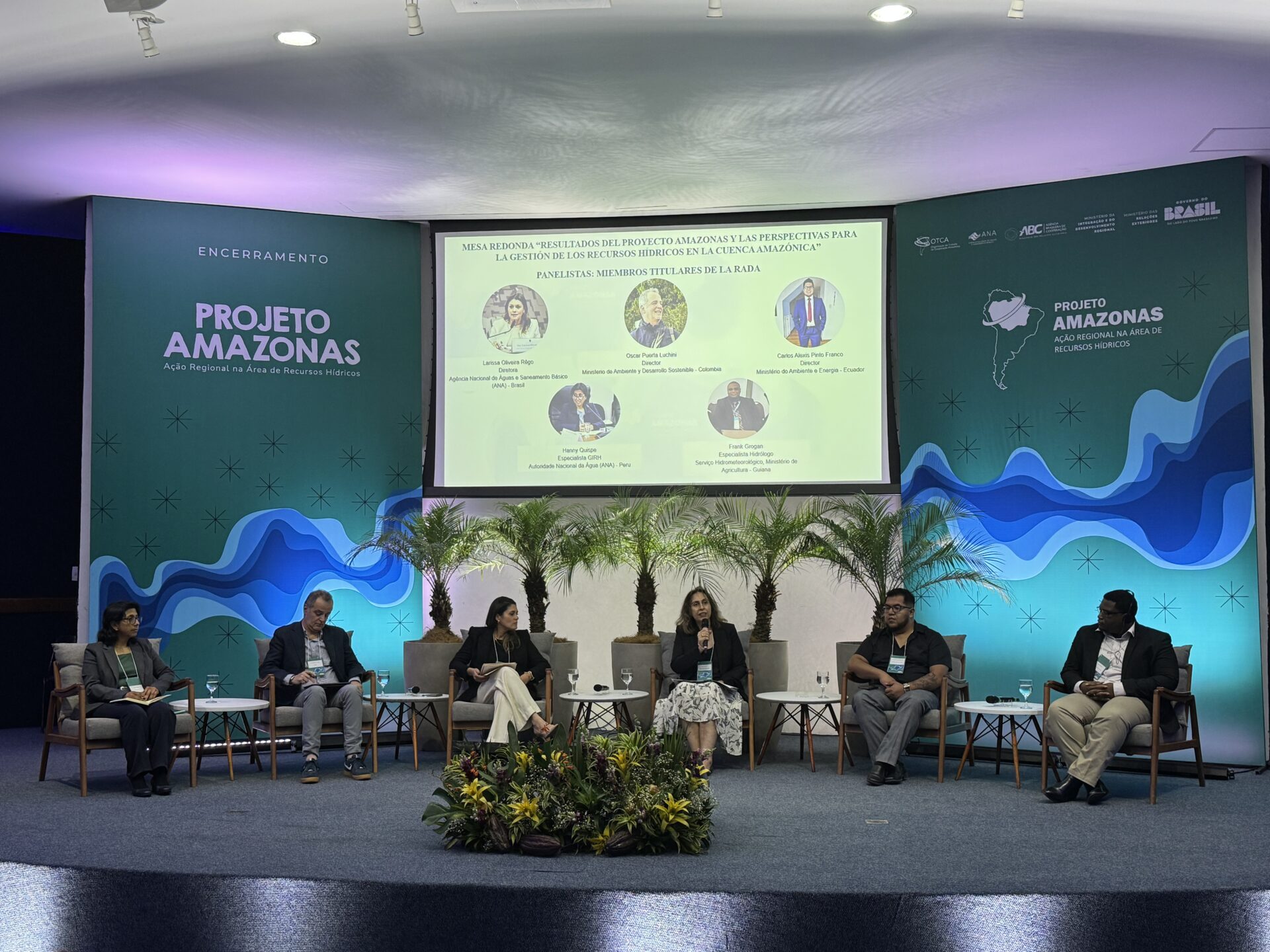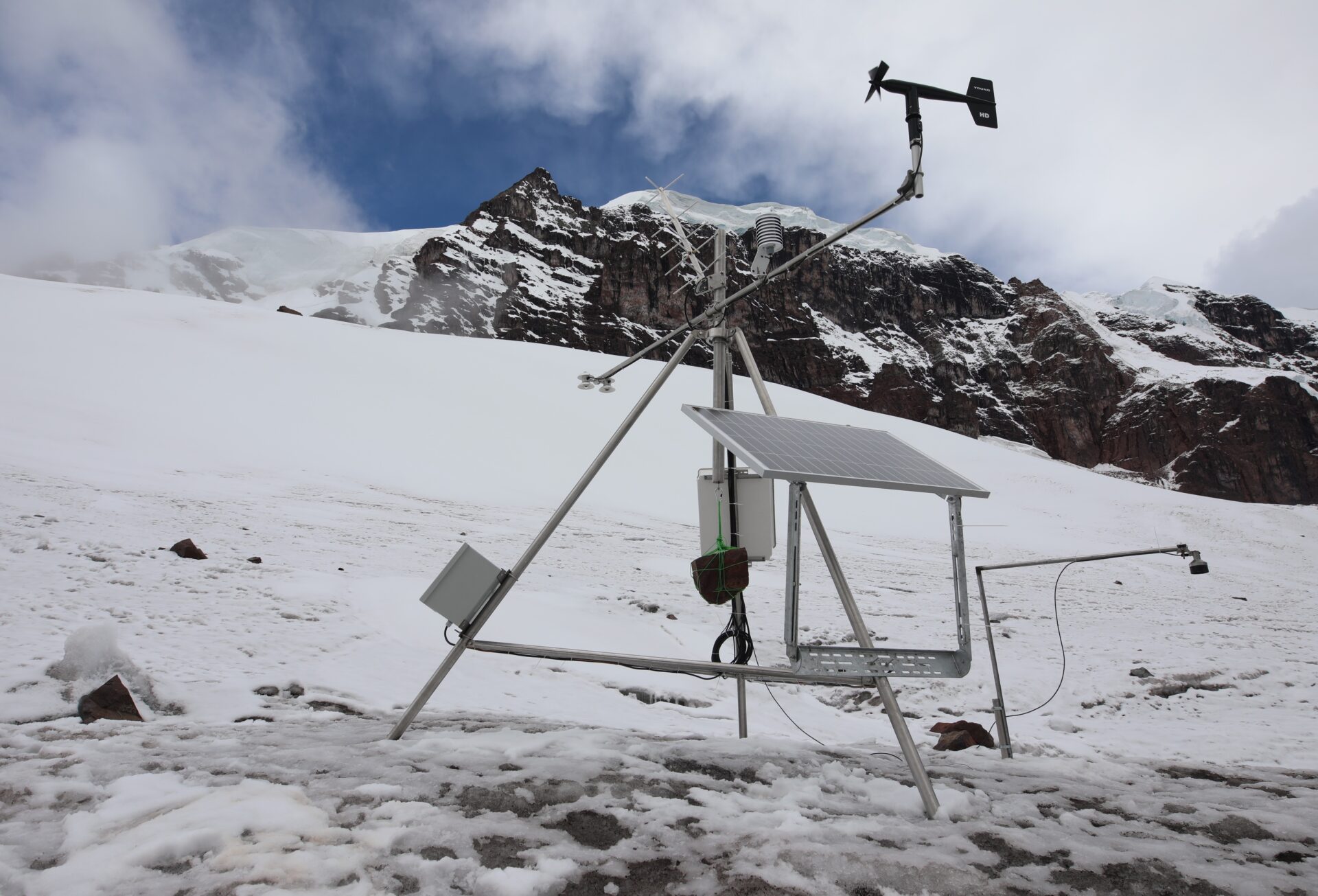6.1 million km²
which accounts for more than half of the world’s tropical forests and 44% of the area of South America
20% of the planet’s fresh surface water
thanks to the Amazon River and its more than 1,000 tributaries, some of which, like the Madera, Negro and Japurá, are among the world’s 10 largest rivers
Amazon Basin
More than 50 million people
form a heterogeneous population with diverse socio-cultural characteristics, divided between the majority living in urban centres and the traditional villages and communities of the interior jungle
+ 420 Indigenous peoples
occupy 28% of the territory, of which 17.7% is in protected areas for the conservation of the environment
The Amazon Basin and Integrated Water Resources Management (IWRM)
Implementing Integrated Water Resources Management (IWRM) in the world’s largest and most biodiverse river basin, which is shared by Bolivia, Brazil, Colombia, Ecuador, Guyana, Peru, Suriname, and Venezuela, poses significant challenges due to socioeconomic factors, human activities, and climate change impacts.
The Amazon Basin Project
The eight Member Countries of the Amazon Cooperation Treaty Organization (ACTO) have a common goal of managing the world’s largest river basin in an integrated and participatory manner. This aspiration led to the creation of the Amazon Basin Project, aimed at supporting the implementation of the Strategic Actions Program (SAP).
Guided by a Shared Vision emphasizing the significance of integrated management for the preservation and sustainable development of the Amazon Basin and its inhabitants, these nations developed and adopted the first Strategic Action Program (SAP) for the Integrated Management of Amazonian Water Resources.
Implemented by UNEP and executed by ACTO with financial support from the Global Environment Facility (GEF), the Amazon Basin Project is facilitating the initial strategic actions. These actions include enhancing institutional capacities for water governance at both national and regional levels, bolstering community resilience, safeguarding aquatic ecosystems from climate change impacts, and establishing a Regional Environmental Monitoring System to monitor water resources and ecosystems.
Socioeconomic, environmental and institutional benefits
The innovative governance of Amazonian transboundary waters, which is being built with the implementation of the SAP, will lead to an improvement in the state of Amazonian water resources and ecosystems and greater protection of aquatic resources and terrestrial habitats. The environmental benefits will bring sustainability to the livelihoods of the population. Communities and ecosystems will be more resilient to the effects of extreme weather events and sea level rise, and water and food security will be strengthened. In institutional terms, the implementation of the SAP will strengthen IWRM in the Amazon Basin through greater regional coordination and the strengthening of technical and institutional capacities in the countries.
National Interventions
Environmental and Water Resources Monitoring
To strengthen IWRM in the Amazon, the Amazon Basin Project foresees the conceptualization and consolidation of a series of interrelated, compatible, operational and consensual monitoring systems that will bring together data from national information systems on surface water, groundwater and glaciers, as well as vulnerable ecosystems throughout the Amazon Basin, facilitating decision making and deepening South-South cooperation for integrated environmental monitoring at the basin level.
The integration of monitoring data will be embodied into the Integrated Regional Information Platform on IWRM in the Amazon Basin, designed to form ACTO’s Amazon Regional Observatory (ARO).
Post
17 de December de 2025
On December 11, the Amazon Basin Project (ACTA/UNEP/GEF) held a Seminar on the Exchange of Cooperation Experiences for the Management [...]
Post
16 de December de 2025
The roundtable discussion “Results of the Amazon Project and Prospects for Water Resource Management in the Amazon Basin” was held [...]
Post
28 de November de 2025
Water is the central element through which most of the impacts of climate change manifest themselves: more intense droughts, extreme [...]
Post
27 de November de 2025
Four glaciological, meteorological, and hydrometric monitoring stations have been installed in the Vilcanota and Carabaya mountain ranges in southern Peru [...]






